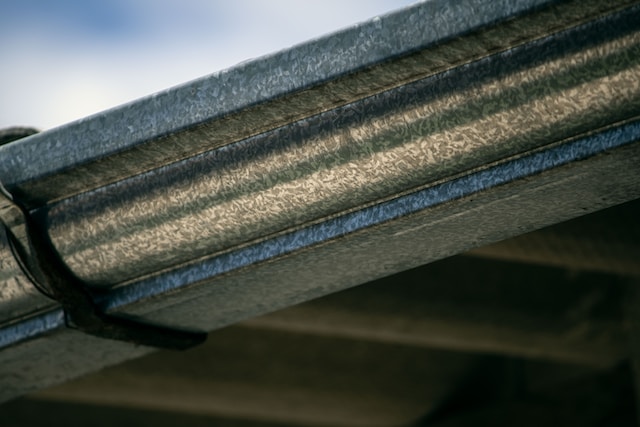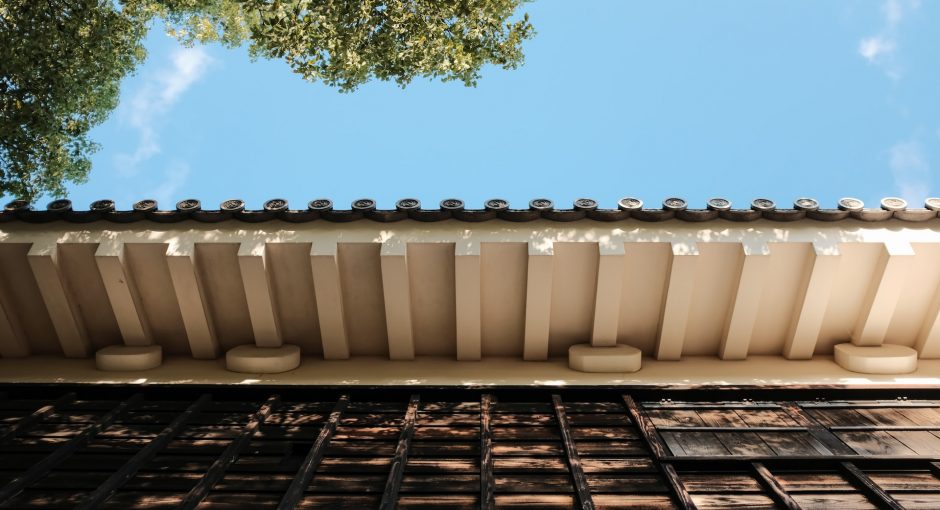Gutters are an integral part of any home’s roofing system, as they help to channel water away from the roof and foundation to prevent damage. Unfortunately, not all homes have gutters, and some homeowners may choose to forgo them altogether. If you don’t have gutters, or you’ve decided to go without them, it’s important to know how to handle roof runoff without them. In this article, we’ll discuss the different methods you can use to handle roof runoff without gutters.
Divert Runoff Away from Foundation
The first step in handling roof runoff without gutters is to divert the runoff away from the foundation. This is done by installing a downspout extension that directs the water away from the foundation.

The extension should be at least two feet away from the foundation, and the pipe should be slanted away from the house. This will help to ensure that the runoff is directed away from the foundation, which can help to prevent damage.
Install Splash Blocks
Another way to handle roof runoff without gutters is to install splash blocks. Splash blocks are basically large blocks of concrete that are placed at the end of a downspout extension to prevent the water from eroding the soil around the house. The splash blocks should be placed in such a way that the water is directed away from the foundation, and they should be checked periodically to ensure that they’re still in place and working properly.
Plant Vegetation
Planting vegetation is another way to handle roof runoff without gutters. Vegetation can help to absorb the runoff, preventing it from pooling around the foundation. It’s important to select plants that can tolerate the wet conditions caused by the runoff, such as shrubs and grasses.

You should also make sure to plant the vegetation away from the foundation, as this will help to ensure that the water is directed away from the house.
Install a Dry Well
Installing a dry well is another option for handling roof runoff without gutters. A dry well is a large container that is placed in the ground and used to collect and store the runoff. The dry well should be large enough to hold the runoff, and it should be placed in an area where the water can drain away from the house. The runoff should be directed towards the dry well, and the dry well should be checked periodically to ensure that it’s not overflowing.
Gutters are an important part of any home’s roofing system, but not all homes have them, and some homeowners may choose to forgo them altogether. If you don’t have gutters, or you’ve decided to go without them, it’s important to know how to handle roof runoff without them. In this article, we’ve discussed the different methods you can use to handle roof runoff without gutters, such as diverting the runoff away from the foundation, installing splash blocks, planting vegetation, and installing a dry well. With these methods, you can ensure that your roof runoff is handled properly, without the need for gutters.

